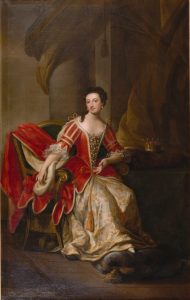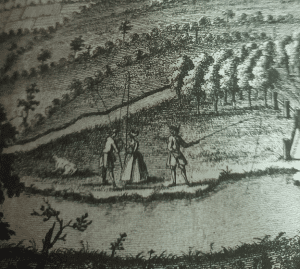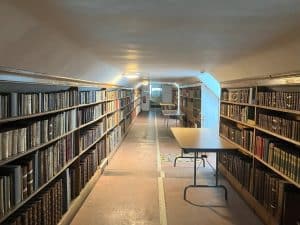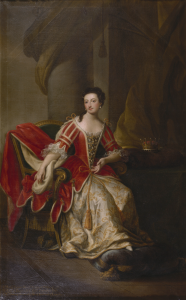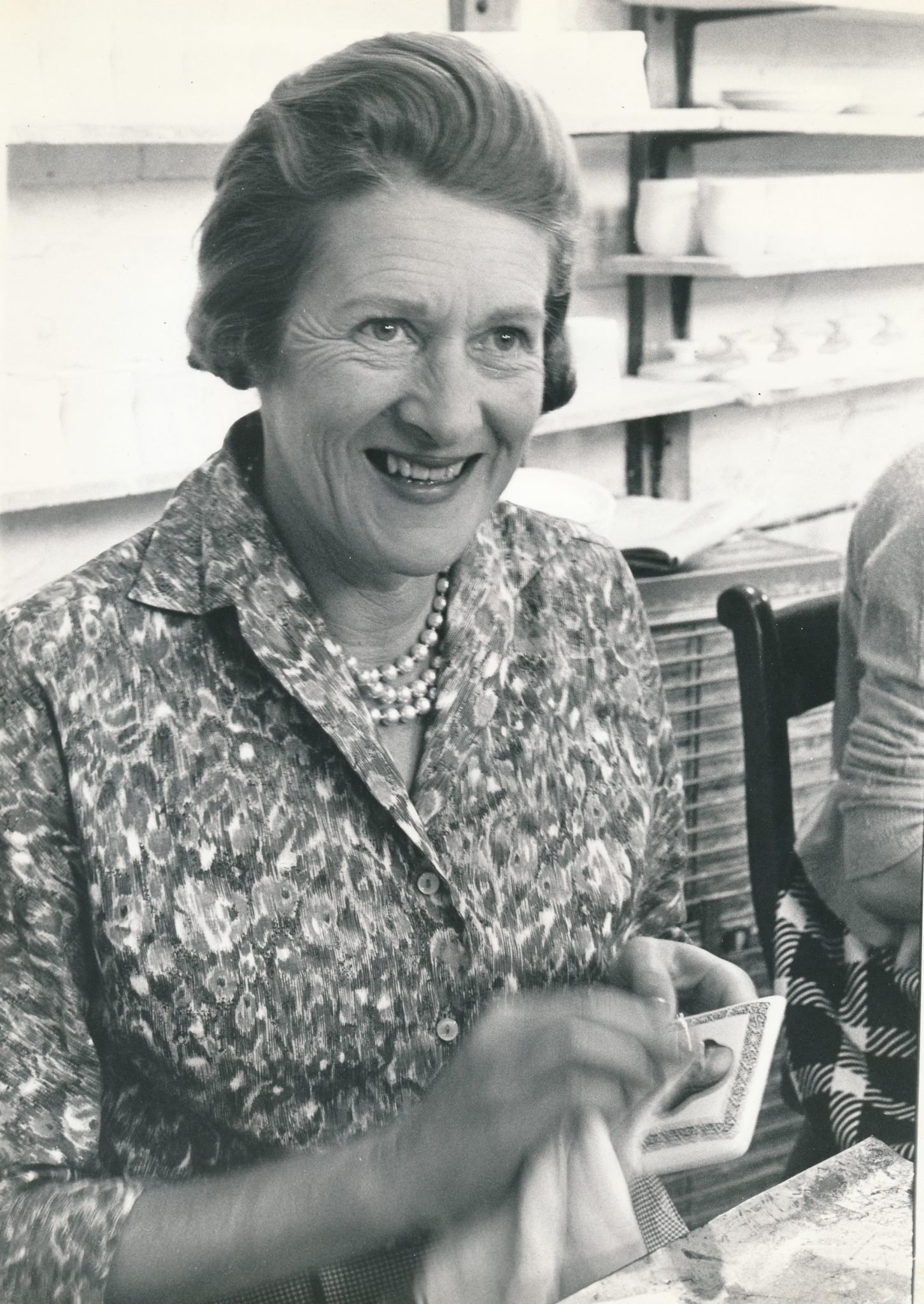
International Women’s Day 2023: Elizabeth Coke, 5th Countess of Leicester
March 8, 2023 | Treasure tales and archive snippets | 5 minute read
This International Women’s Day, we’re celebrating one of Holkham’s remarkable women, Elizabeth Coke, 5th Countess of Leicester (1912-1985). Elizabeth combined the roles of an upper-class woman – serving as Lady of the Bedchamber to Queen Elizabeth II – with an enterprising business mind, founding Holkham Pottery in 1951. Here, Katherine Hardwick – Holkham’s Collections Co-ordinator – shares the story of Lady Elizabeth Coke.
She was born Lady Elizabeth Mary Yorke, the only daughter of the 8th Earl of Hardwicke. Although the Earls of Hardwicke had a long aristocratic pedigree, her upbringing was a little unusual. The ancestral estate, Wimpole Hall in Cambridgeshire, had left the family in 1894 to settle gambling debts. Her father had been a miner in Australia and America, and was a keen balloonist, apparently flying solo between Battersea and Colchester; her mother, Nellie Russell, was born and raised in Auckland, New Zealand, and met the 8th Earl whilst both were holidaying on the Riviera. They married in 1911 but it ended in divorce 15 years later, when Elizabeth was a teenager. Allegedly the Earl had been unfaithful throughout the war years, leading to a separation in 1920.
Elizabeth met her future husband – the Hon. Thomas Coke, future 5th Earl of Leicester – in 1927 when she was only 15 years old. The pair met skiing in St Moritz, and were (unofficially) engaged during the same trip with Coke declaring ‘I just know I want to marry you’. He was described as reserved and quiet, whilst she was confident and outgoing; they were a golden society couple, close friends of the Duke and Duchess of York, future George VI and Queen Elizabeth. The couple would remain royal favourites for many years, and between 1953 and 1970, Elizabeth served as Lady of the Bedchamber to Queen Elizabeth II; she was made Commander of the Royal Victorian Order (CVO) in 1965 in recognition of her services.
After marrying in 1931, the couple went on to have three daughters but as there were no sons, it was clear that the Earldom would eventually pass to a cousin. Elizabeth is vividly described by her daughter, Lady Anne Glenconner, as full of gumption, a keen horsewoman, rider of Harley Davidson bikes, and sailor. Video footage taken in the 1950s shows Elizabeth skiing (or trying to!) in Holkham Park with her daughters.
The 1940s was a particularly difficult decade for Holkham, and not just in light of the Second World War. Throughout much of the 1920s and 1930s, the Estate finances had been running lower and lower due to decreased agricultural revenue and high taxes. This was compounded in 1942 when the 3rd Earl died and the family were hit with death duties of 65%. The 4th Earl, Elizabeth’s father-in-law, was desperately worried about the financial prospects of the Estate, and of leaving it in a fit state for his son. In 1948, he invited Elizabeth and her husband to move into Holkham with him, so that they could jointly shoulder the burden of running the house.
Catastrophe struck the following year when the 4th Earl died and the Estate was once again subject to death duties, this time of 80%. Sale of land, of chattels, and a donation of the Estate to the National Trust were considered; however, 1949 marked a shift in attitudes nationwide to the preservation of Country Houses, and the government was increasingly supportive of those looking to keep a house and collection together, particularly within the original family. Buoyed by this new political climate, the new Earl and Countess set about trying to make Holkham a viable, modern organisation: it was under their tenure that the Hall was open to the public for the first time, beginning with one day a week in 1950.
Elizabeth was a determined and enterprising individual. In 1951 she founded the Holkham Pottery, inspired by watching German prisoners of war throwing pots at the Estate brickyard. This enterprise was founded to help raise money to run the Estate, and also to give her daughters an occupation, as by this time it was clear that Holkham would pass out of the immediate family; Elizabeth’s elder daughters, Anne and Carey, were heavily involved, helping with sales and decoration respectively.
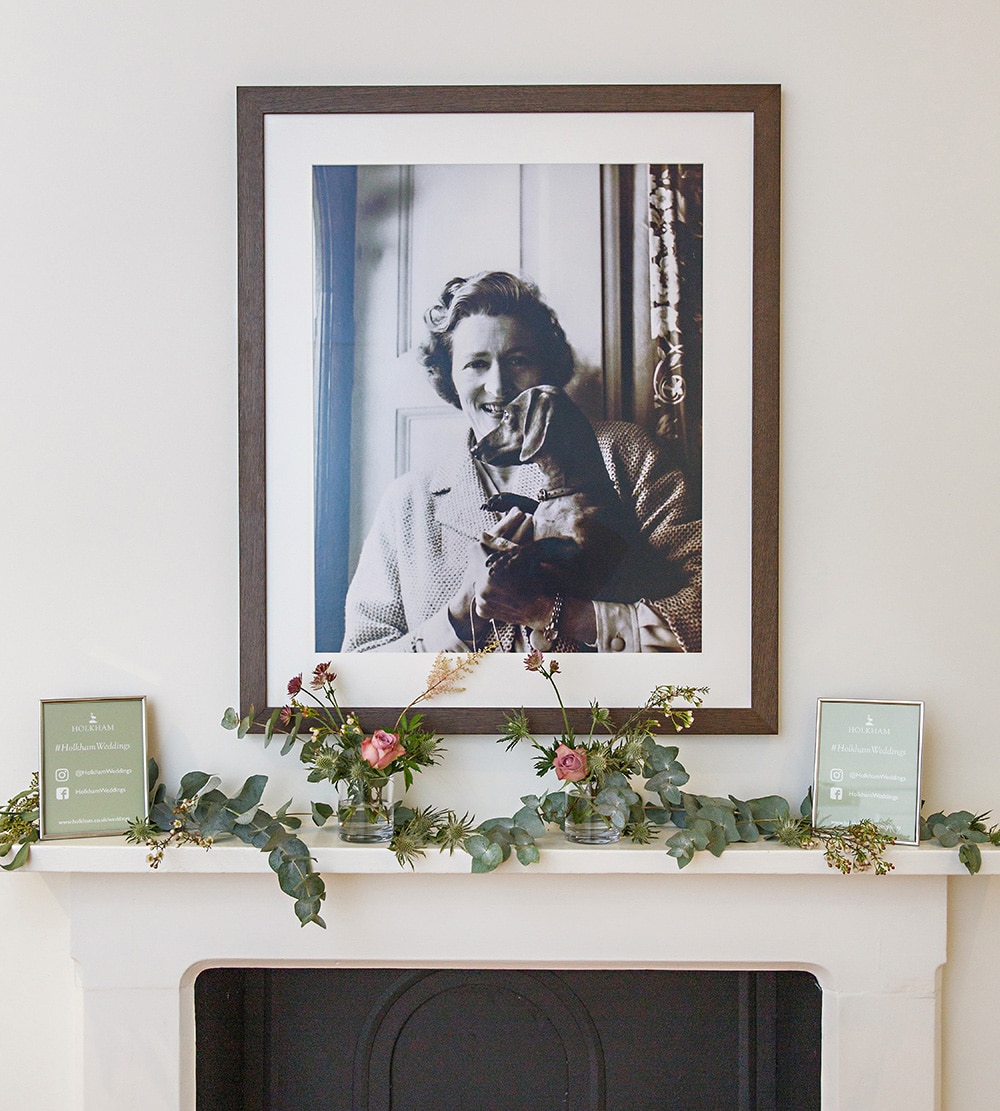
The Pottery was set up in the old Bowling Alley and Laundry – now the Lady Elizabeth Wing, named in her honour, and where the image above can be spotted – and lean-to sheds were constructed when extra space was needed. Elizabeth was determined that the Pottery should succeed; she took the business to trade fairs across the country, selling wares in competition with the likes of Wedgwood and Derby. For a Countess in post-war Britain, this was highly unusual!
Happily, the Pottery proved to be a great success. When it opened, it employed two craftsmen, rising to 11 within two years. At its height, it employed nearly 100 people and was officially the largest light industry in North Norfolk. Holkham was the first stately home to produce pottery on-site, and the wares were initially sold in the Holkham gift-shop, capitalising on the footfall of the new open days. Soon, however, it was being sold across the country.
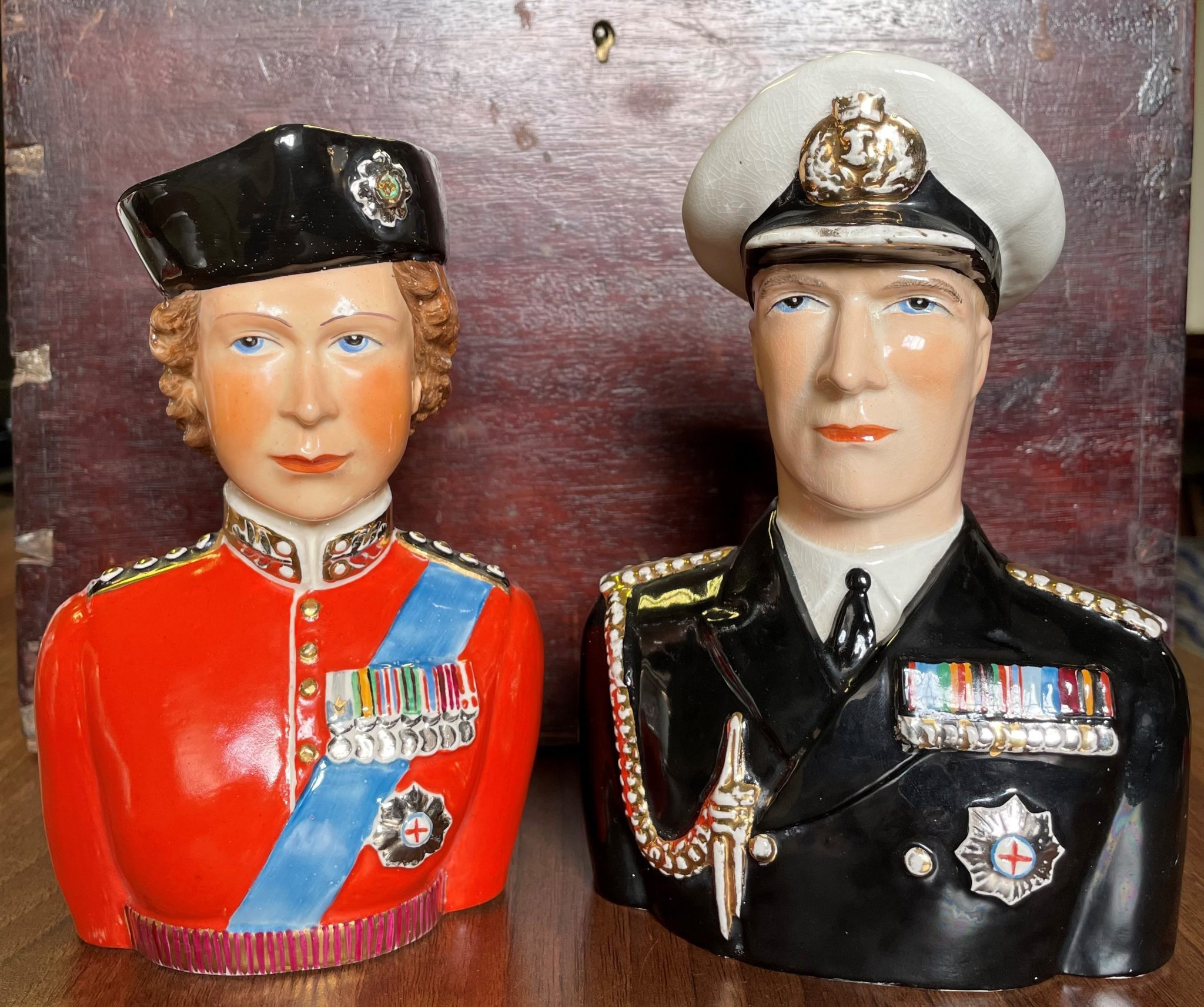
The most popular designs produced by the Pottery included the ‘Snowdrop’ and ‘Chevron’ ranges, but they also produced more novelty items, such as this commemorative pair of mugs for the coronation of Elizabeth II. However, in the late 20th century, due to increased competition from abroad, the Pottery entered a period of decline, until it finally shut in 2007, after 56 years in operation.
Holkham Pottery wares are enduring popular today, and testament to the vision and enterprising spirit of Elizabeth Coke, one of Holkham’s remarkable women.
Back to Journal Back to Journal
